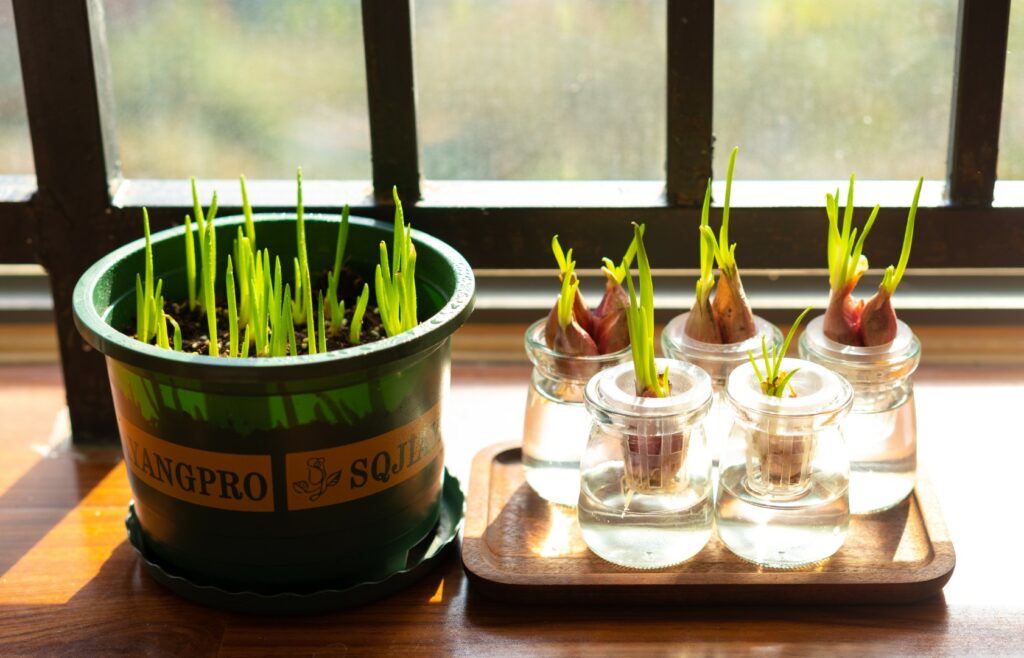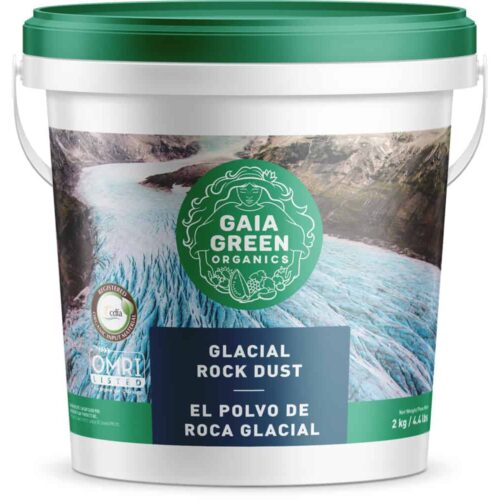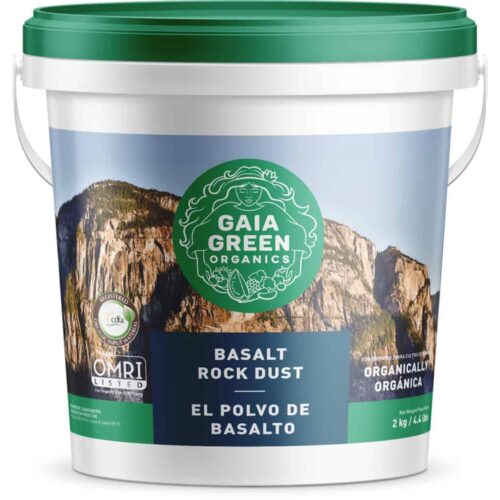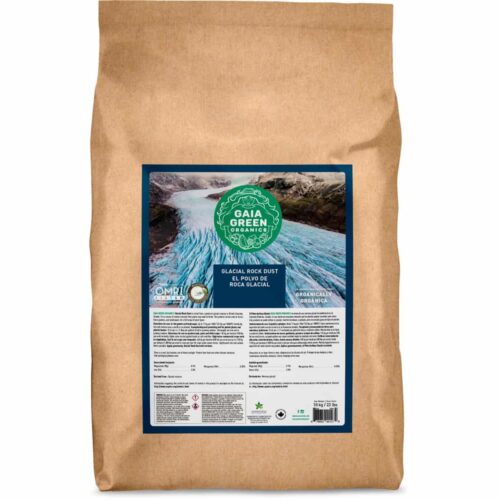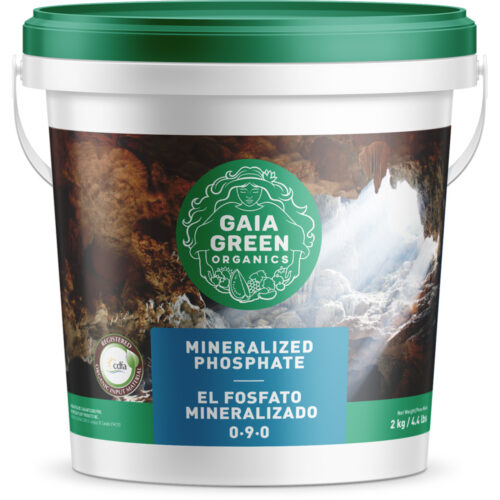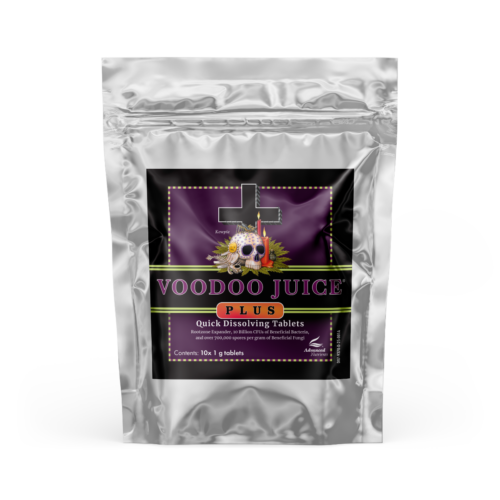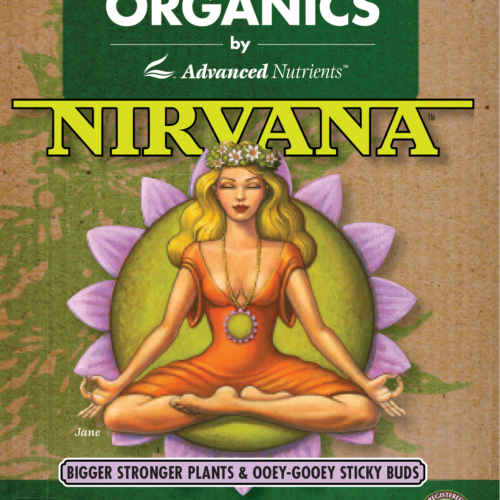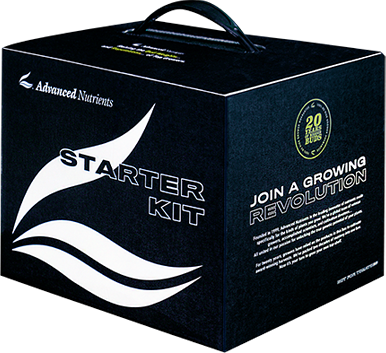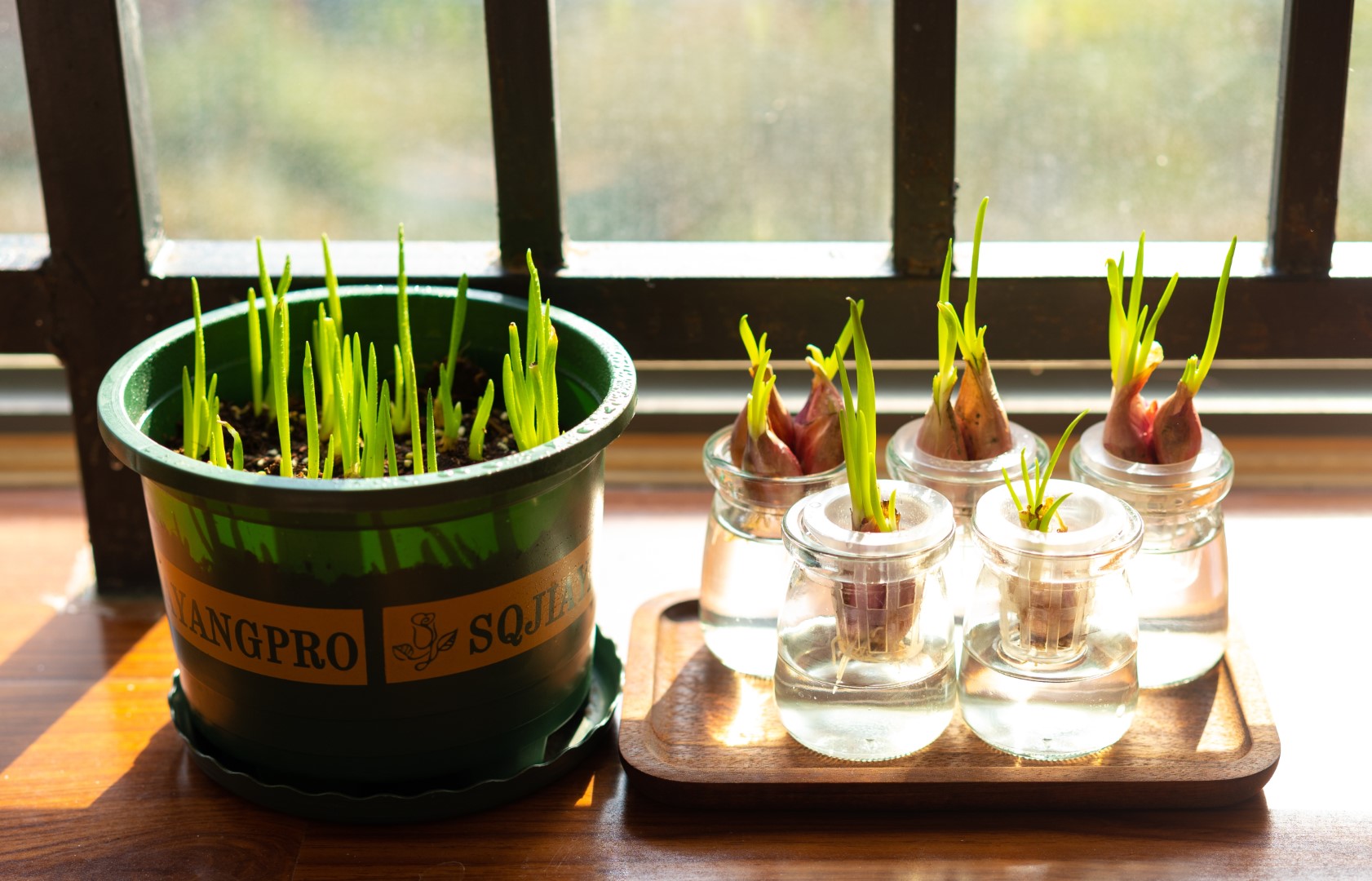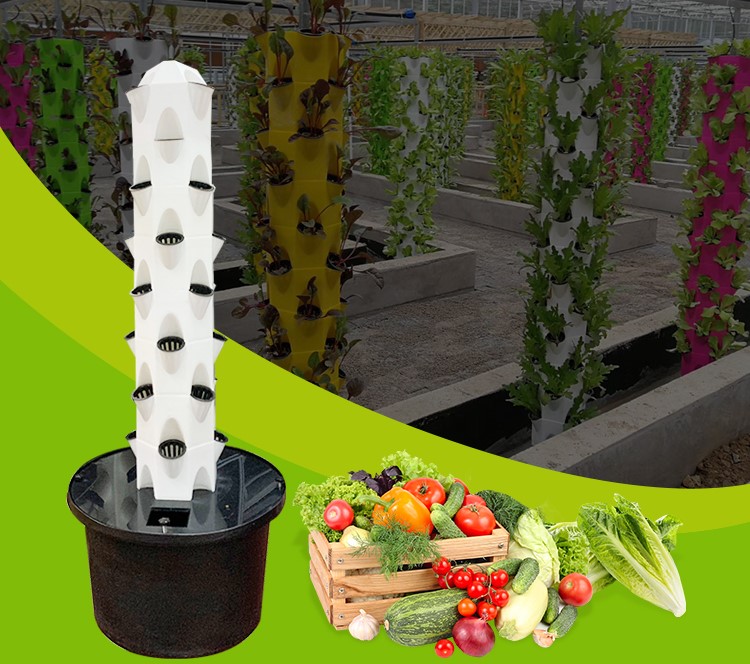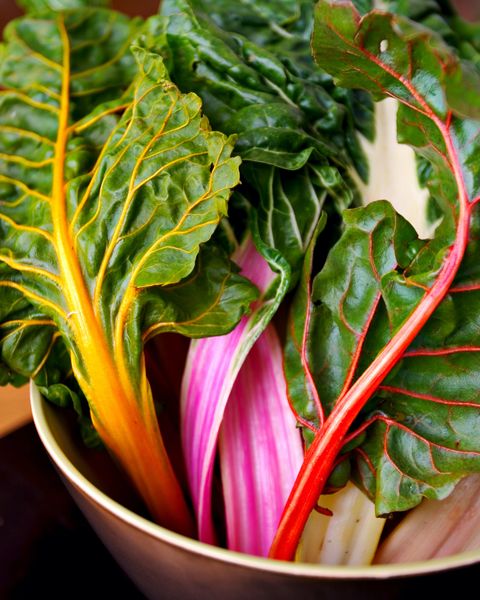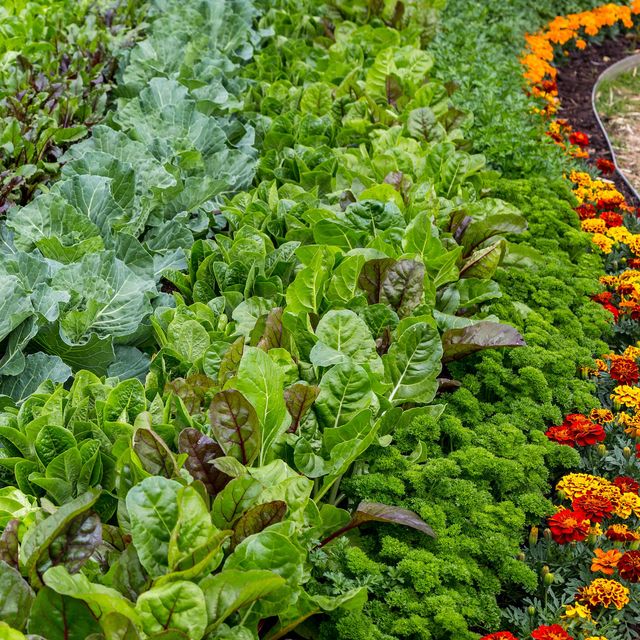In the world of plant cultivation, understanding how to properly nourish your crops is crucial. Today, we’re diving into the differences between soil fertilizers and hydroponic nutrients to provide you with the knowledge you need to make informed decisions for your garden. Whether you’re growing a vibrant bed of tomatoes or cultivating a collection of cannabis plants, knowing how to feed them effectively can dramatically impact your yield.
What Are Soil Fertilizers?
Soil fertilizers are traditionally used in outdoor gardens and indoor growing setups. They are a blend of essential nutrients that plants need to thrive. Soil fertilizers, such as the Mother Earth Season’s Choice Tomato & Vegetable Mix 4-5-6, provide a balanced nutrient composition that promotes healthy growth and abundant yields. It feeds the plants through the organic decomposition process. This means the fertilizer only works in unison with a healthy soil biome where the nutrients can be processed and made available to the plants.
Products like Wind River’s SoilCare improve the soil’s ecosystem, increasing nutrient availability by increasing the rate of decomposition in the soil. This is an essential part of the soil ecosystem for growers to maximize their fertilizer and overall plant health in soil environments.
-
Gaia green Glacial Rock Dust 2kg
$12.95 -
Gaia Green Basalt Rock Dust 2kg
$13.95 -
Gaia Green Glacial Rock Dust 10kg
$19.95 -
Gaia Green Mineralized Phosphate
Starting at $18.95 Each
The Role of Soil Fertilizers in Plant Nutrition
Soil fertilizers significantly contribute to the nourishment of plants by supplementing the natural nutrient content of the soil. This supplementation ensures that plants have continuous access to the vital elements required for their growth and development. In environments where soil quality is compromised or nutrient-depleted, the role of soil fertilizers becomes even more crucial. They help bridge the nutritional gap, revitalizing the soil, and enabling plant life to thrive even in less-than-ideal conditions.
Transitioning to the subject of liquid soil fertilizers, these hold a particular appeal because they are instantly available for plant absorption, bypassing the need for soil microorganisms to break down the nutrients. While this sounds beneficial, it’s important to remember that these fertilizers are typically designed with soil applications in mind. The organic material in these fertilizers may require soil-based microbial action for effective nutrient release, a process that doesn’t occur in soil-less mediums used in hydroponics. So, while they can be a potential solution in traditional soil contexts, their effectiveness can be less predictable when used outside of their intended application.
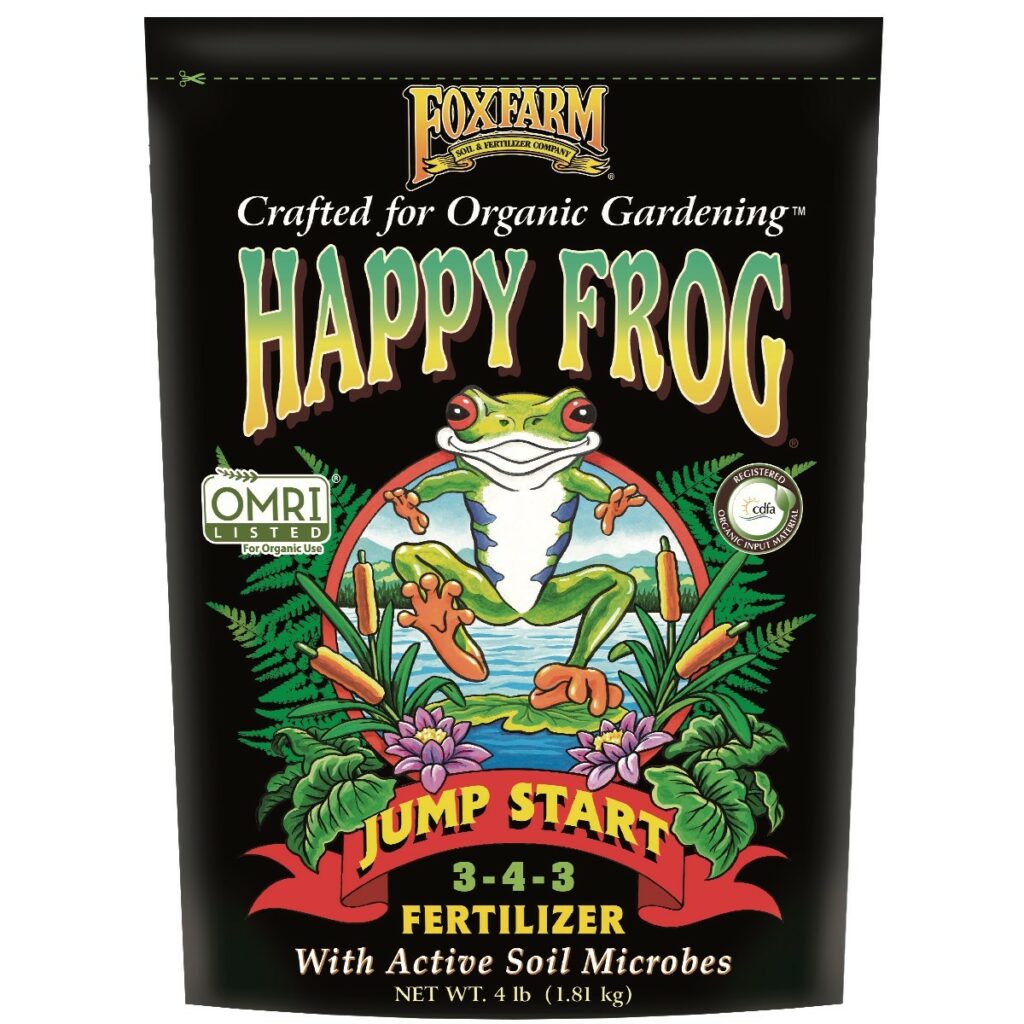
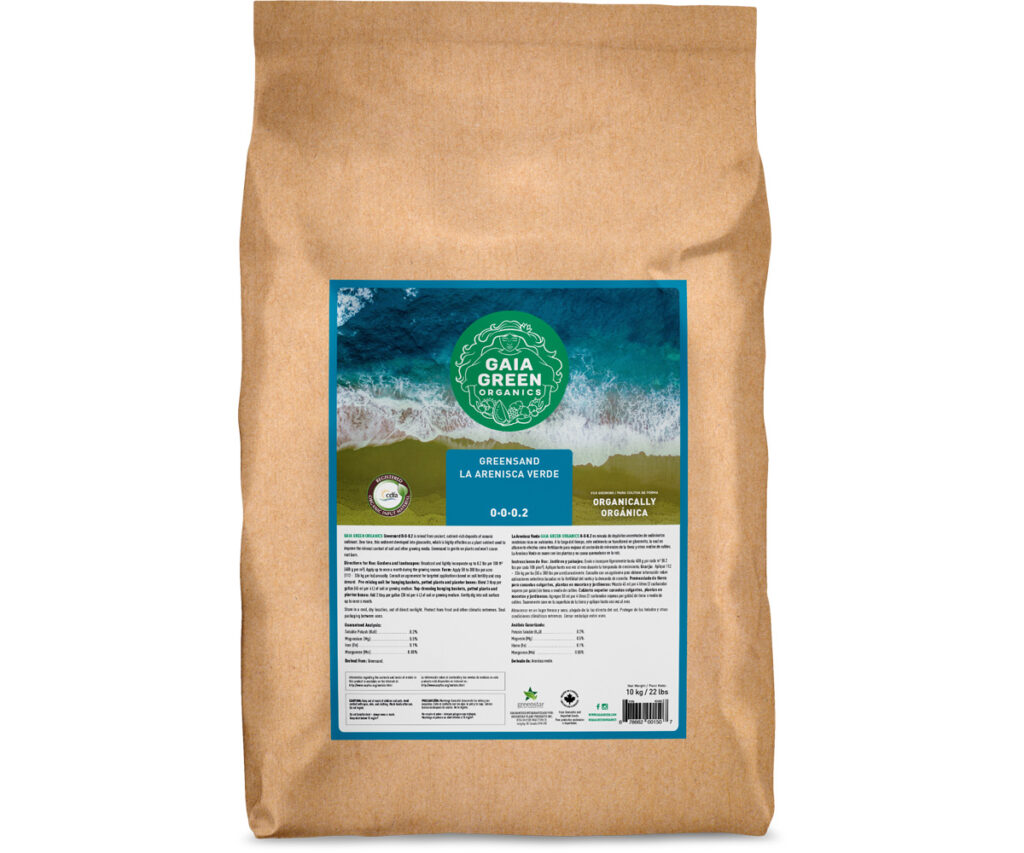
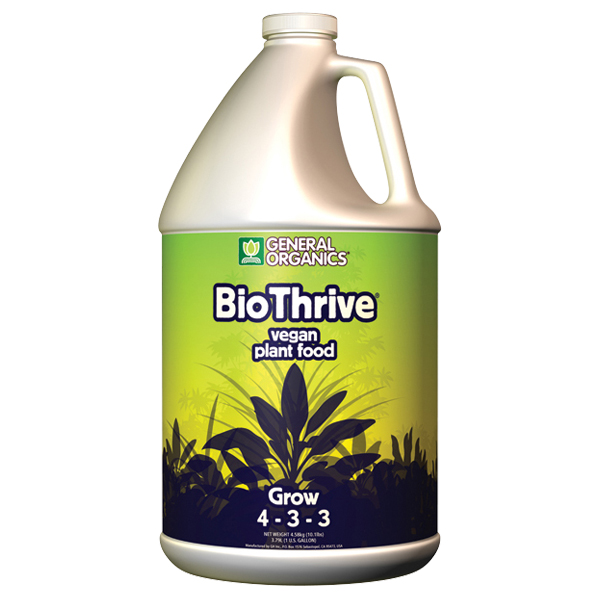
What Are Hydroponic Nutrients?
Similar to liquid soil fertilizers, hydroponic nutrients are water-soluble formulations designed for soilless plant cultivation. They provide a complete and balanced spectrum of essential nutrients directly to the plant’s roots. Hydroponic nutrients, like General Hydroponics’ FloraNova Grow, combine highly purified minerals and natural additives to create complete nutrition for the plants without having to complete any decomposition process.
The Role of Hydroponic Nutrients in Plant Nutrition
Hydroponic nutrients play a significant role in hydroponic and aeroponic growing systems. Since these systems don’t use traditional soil, the nutritional needs of the plants are completely dependent on water-soluble nutrients. With hydroponics, growers have complete control over nutrient intake and can reduce the risk of disease, unwanted chemicals, or heavy metals. This makes it a popular choice for many growers, including those cultivating cannabis.
-
Advanced Nutrients Voodoo Plus Tablets
Starting at $57.00 Each -
Advanced Nutrients Bud Candy
Starting at $27.23 Each -
Advanced Nutrients OG Organics Nirvana
Starting at $27.50 Each -
Advanced Nutrients Starter Kit
$163.35
Soil Fertilizers Vs. Hydroponic Nutrients: Key Differences
The key difference between soil fertilizers and hydroponic nutrients lies in their application and composition. Soil fertilizers are designed for use with soil-based growing media and often contain nutrients that must be broken down by soil microorganisms before plants can use them.
On the other hand, hydroponic nutrients are immediately available for plant uptake, since they are dissolved directly in the water that the plant roots are immersed in. They are designed for soilless growing media such as clay pebbles, coco coir, Rockwool, and perlite.
Making the Right Choice: Soil Fertilizers or Hydroponic Nutrients?
The choice between soil fertilizers and hydroponic nutrients depends largely on your cultivation method and individual needs as a grower. For traditional soil-based growing, soil fertilizers offer the ease of use and familiarity many growers appreciate. This is optimal for the growing medium of soil.
However, for those willing to invest in a more controlled, potentially high-yielding method, hydroponics with the right nutrient mix could be an excellent choice. Understanding the unique needs of your plants and the demands of your chosen growing medium will help guide your decision.
In the end, whether you’re reaching for a soil fertilizer or a bottle of hydroponic nutrients, your goal is the same: to provide your plants with the nutrients they need to grow and thrive. As the grower, it’s up to you to make sure you’re getting the right products for the right application.
The Challenges of Using Soil Fertilizers in Hydroponics
While it may seem economical to use the same soil fertilizer in a hydroponic system, it can lead to numerous problems. Soil fertilizers are created with the assumption that they will be applied to soil, where a robust ecosystem of microbes helps to break down and release nutrients in a form that plants can absorb. In a hydroponic setup, this microbial ecosystem is absent or doesn’t have an environment suitable for the decomposition process, leading to an inability of the plants to uptake certain nutrients.
Moreover, soil fertilizers often contain higher amounts of certain nutrients that can build up in a hydroponic system, potentially causing toxicity and nutrient antagonism, a condition in which the presence of one nutrient in excess hinders the uptake of another.
Another challenge arises from the fact that soil fertilizers might contain insoluble components which could clog hydroponic equipment, disrupting the system’s operation. Given these challenges, it is essential to use hydroponic-specific nutrients for soilless cultivation to optimize plant health and yield.
Problems with Using Hydroponic Nutrients in Soil
On the other hand, using hydroponic nutrients in soil-based gardening can also pose challenges. Hydroponic nutrients are engineered to be fast-acting and highly soluble, suitable for quick uptake by plants in water-based systems. When applied to soil, the rapid availability of these nutrients can overwhelm the plants, leading to nutrient imbalances and potential toxicities. One common issue is the high nitrate content in many hydroponic nutrients, which can lead to leaf yellowing when applied to soil.
Furthermore, in a soil environment, hydroponic nutrients may interact with the existing soil chemistry in unpredictable ways. For instance, some nutrients could bind with soil particles and become unavailable to the plants, or alter the soil pH, affecting the availability of other nutrients.
Finally, while the ability to control nutrient application can be a boon in hydroponic systems, this advantage can turn into a drawback in soil-based gardening. Without a deep understanding of plant nutrient requirements and soil nutrient dynamics, the use of hydroponic nutrients in soil could lead to overfeeding, nutrient imbalances, and even plant damage. Therefore, while it’s technically possible to use hydroponic nutrients in the soil, it requires careful management and a keen understanding of plant nutrient needs.

